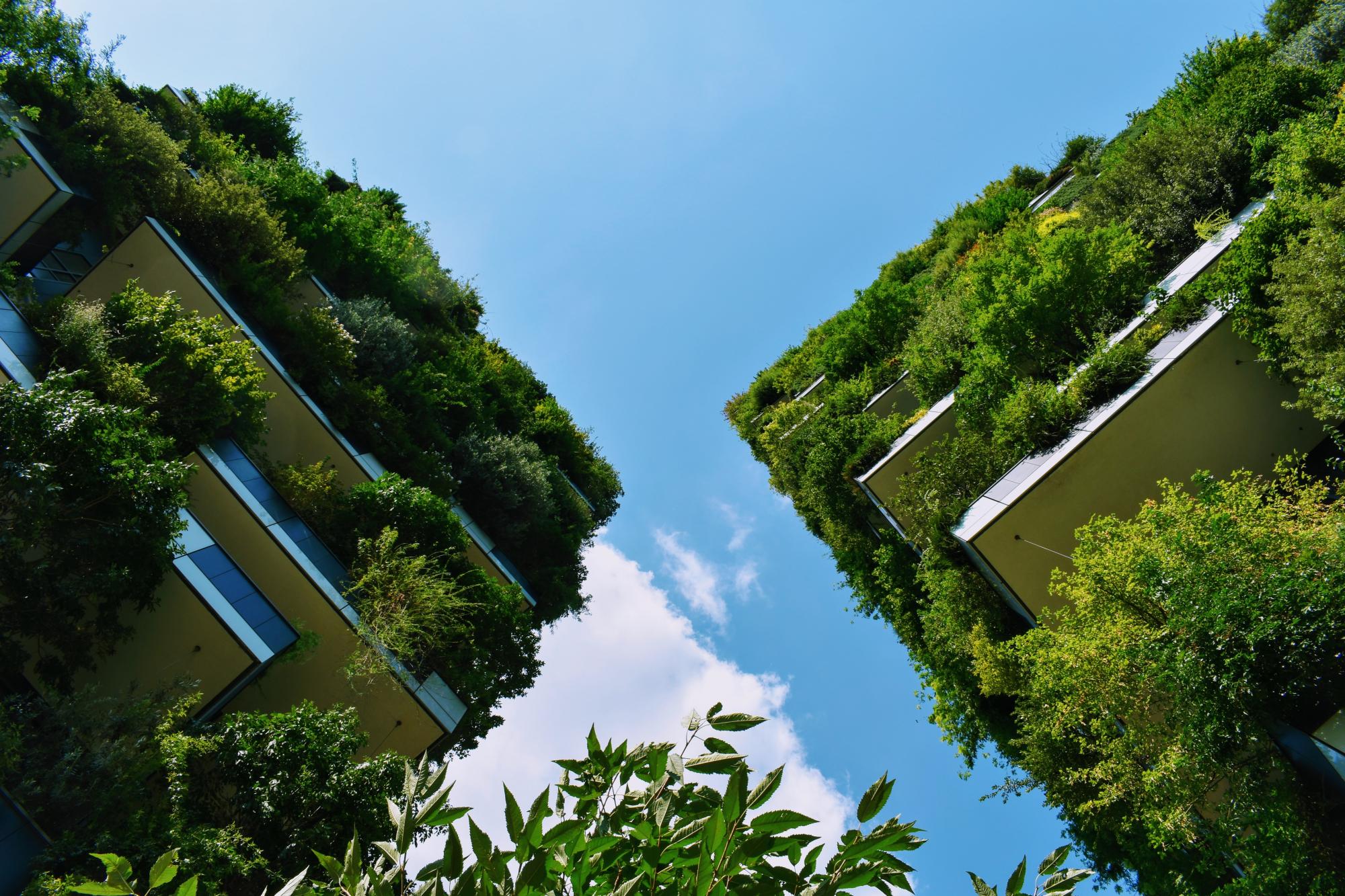Last updated: October 2021
Creation of the social garden by a coalition of multiple social actors in Bremen (citizens, NGOs, public institutions). The initiative was a self-organized grassroots project for urban development that aims at the creation of the green urban area for sustainable gardening and sustainable solutions. The project involved greenery plantings, growing vegetables and herbs, assembly of beehives, organization of educational and cultural events and workshops (Ref. 1, 4).
Overview
Nature-based solution
- Community gardens and allotments
- Community gardens
Key challenges
- Green space, habitats and biodiversity (SDG 15)
- Habitat and biodiversity conservation
- Green space creation and/or management
- Regeneration, land-use and urban development
- Promote natural styles of landscape design for urban development
- Inclusive and effective governance (SDG 16)
- Inclusive governance
- Social justice, cohesion and equity (SDG 10)
- Environmental education
- Social interaction
- Health and well-being (SDG 3)
- Creation of opportunities for recreation
- Sustainable consumption and production (SDG 12)
- Sustainable consumption
- Sustainable production
Focus
Creation of new green areas
Project objectives
Goals of the intervention: 1) To help in shaping the cityscape and the neighbourhood's living space; 2) To create a green area for the social interaction of people of different ages and different backgrounds; 3) To carry on ecologically sustainable gardening and to provide alternatives to our resource-intensive consumer society; 4)To promote sustainable and future-oriented urban development; 5) To provide educational activities for citizens; 6) To contribute to urban biodiversity (Ref. 1). Increase in biodiversity; Increase in the knowledge and practices of sustainable urban gardening; Increase in social integration (Ref. 1, 3).
Implementation activities
Creating a community garden on an approximately 10,800 square meter site at the Westerstraße in the Neustadt district of Bremen (Ref. 4). Installing beehives; Planting flowers and greenery; Growing vegetables and herbs; Organizing various cultural activities and workshops, e.g. on the construction of bee boxes, cooking classes, musical events; Organizing a seasonal flea market and the garden café (Ref. 1, 3).
Biodiversity conservation or restoration-focused activities
Biodiversity conservation:
- Protect and enhance urban habitats
- Create new habitats
- Protect species
- Undertake specific measures to protect valued species
- Means for conservation governance
- Raise public awareness
- Public engagement
Main beneficiaries
- Citizens or community groups
Governance
Management set-up
- Led by non-government actors
Type of initiating organisation
- Citizens or community group
Participatory approaches/ community involvement
- Co-planning (e.g. stakeholder workshops, focus groups, participatory mapping)
- Dissemination of information and education
- Joint implementation (e.g. tree planting)
- Co-management/Joint management
Details on the roles of the organisations involved in the project
The project was developed by local residents and volunteers with the help of the local senior citizen home (Senior innenwohnheim), the neighbouring kindergarden (KiTa), with the support of the Advisory Board of Neustadt, the Bremer Bürgerstiftung, the community action "Creating playrooms" ("Spielräume schaffen") and the local Autonomous Architecture Atelier (Ref. 1).
Project implemented in response to ...
... an EU policy or strategy?
Unknown
... a national policy or strategy?
Unknown
... a local policy or strategy?
Unknown
Financing
Total cost
€500,000 - €2,000,000
Source(s) of funding
- Public local authority budget
Type of funding
- Direct funding (grants, subsidies, or self-financed projects by private entities)
- Donations
Non-financial contribution
Type of non-financial contribution
- Provision of land
- Provision of labour
Who provided the non-financial contribution?
- Public authorities (e.g. land, utility services)
- Citizens (e.g. volunteering)
Impacts and Monitoring
Environmental impacts
- Green space and habitat
- Increased green space area
- Reduced biodiversity loss
- Increased protection of threatened species
- Enhanced support of pollination
Economic impacts
- Increase in agricultural production (for profit or not)
Socio-cultural impacts
- Social justice and cohesion
- Increased opportunities for social interaction
- Increased involvement of locals in the management of green spaces
- Increased access to healthy/affordable food
- Increased sustainability of agriculture practices
- Health and wellbeing
- Gain in activities for recreation and exercise
- Cultural heritage and sense of place
- Improvement in people’s connection to nature
- Increased appreciation for natural spaces
- Education
- Increased support for education and scientific research
- Increased knowledge of locals about local nature
Type of reported impacts
Achieved impacts
Presence of formal monitoring system
Unknown
Presence of indicators used in reporting
No evidence in public records
Presence of monitoring/ evaluation reports
No evidence in public records
Availability of a web-based monitoring tool
No evidence in public records
References
1. Ab geht die Lucie (2017). 'Ab geht die Lucie'. Available at: Source link (Website not available in 2020).
2. Gruenes Bremen (n.d.). Bremen's urban gardening projects ('Bremens urban gardening-Projekte'). Available at: Source link (Accessed: October 22, 2020).
3. Fueler , R., (2017). "Ab goes the Lucie" starts in the fifth season. Available at: Source link (Accessed: October 22, 2020).
4. Wikipedia (2017) Lucie-Flechtmann Square,('Lucie-Flechtmann-Platz'). Available at: Source link (Accessed: October 22, 2020).
5. Ab geht die Lucie (2020). "HÄUFIGE FRAGEN". Available at: Source link (Accessed: October 22, 2020).
2. Gruenes Bremen (n.d.). Bremen's urban gardening projects ('Bremens urban gardening-Projekte'). Available at: Source link (Accessed: October 22, 2020).
3. Fueler , R., (2017). "Ab goes the Lucie" starts in the fifth season. Available at: Source link (Accessed: October 22, 2020).
4. Wikipedia (2017) Lucie-Flechtmann Square,('Lucie-Flechtmann-Platz'). Available at: Source link (Accessed: October 22, 2020).
5. Ab geht die Lucie (2020). "HÄUFIGE FRAGEN". Available at: Source link (Accessed: October 22, 2020).


